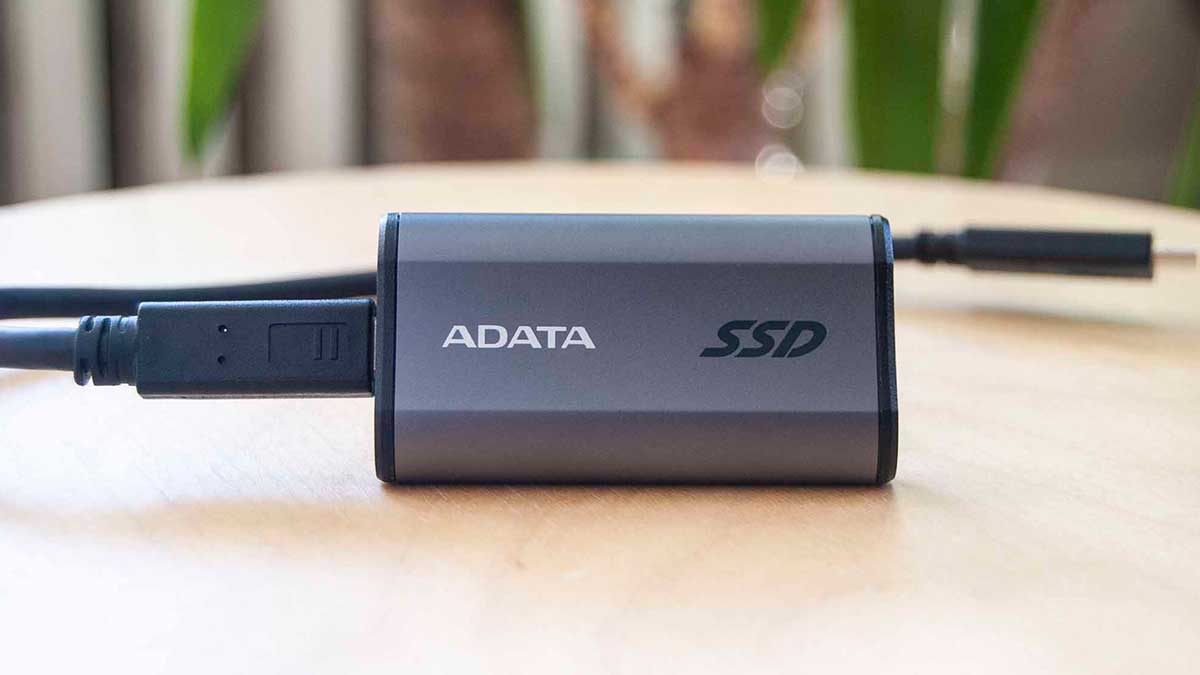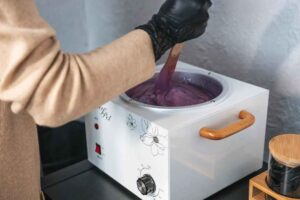ADATA Elite SE880: High-speed external SSD for PC, PS5 and Xbox Series X|S

ADATA
ADATA Elite SE880 is an external SSD with rather small dimensions and excellent performance, perfect for PCs and consoles.
Having large amounts of space for storing games, applications and multimedia files has become very important now. In addition to the drives inside the devices, it has become increasingly necessary to have external high-speed peripherals available that can both contain a lot of data and transfer them quickly.
With the increase in space required by modern video games, surely many of you will have happened to completely finish the main storage unit of your PC or console, making it impossible to install the title you could not wait to play without not having to delete others. Not to mention the fact that, in case you want to pick up the latter, in addition to having to install them again, it will also be necessary to download all the related updates, with a consequent waste of time.
To avoid falling into this situation, the optimal condition would be to rely on an external drive that allows you to back up your data. In particular, this product must be large enough and, above all, offer a good transfer speed, so as to perform the various operations without having to force the user to wait many minutes for their completion.
Thinking about this need, ADATA, a well-known manufacturer of computer peripherals specializing in flash memories, has recently launched its small-sized Elite SE880 external SSD on the market, but with rather interesting performance, which aims to satisfy both the needs of those who use PC to play, work or study, that owners of consoles, especially of the latest generation, namely PlayStation 5 and Xbox Series X|S.
Over the last few weeks, we have had the opportunity to test the 1 TB model, which you can easily buy on Amazon, but the device is also available in the 500 GB variant.
Design
The ADATA Elite SE880 portable SSD is marketed in a small cardboard box with a very clean appearance which immediately makes it clear that it is a high-performance device, given the clearly visible “ULTRA FAST” writing, also specifying that the interface used is USB 3.2 Gen2 x2 Type-C, while a sticker also confirms full compatibility with PS5 and Xbox Series X|S.
Inside the package, in addition to the SSD itself with an extremely portable, light and compact form factor, there is also a USB Type-A to USB Type-C cable, a cable with USB Type-C connector on both ends and a small leaflet. Unfortunately, the cables, while well made, are very short, which could be an obstacle in some situations.
From an aesthetic point of view, ADATA Elite SE880 is very nice to look at, thanks to its titanium gray color that shines on the metal of the case, which ensures good protection from falls and other accidental damage from impact. The device is very minimal, featuring only a USB Type-C port for connection to consoles, notebooks and PCs, as well as a small blue LED that lights up when the unit is in use. On the front is the writing ADATA SSD, while on the back we find the various international certifications and some technical data.
As we said previously, the interface used is the USB 3.2 Gen 2×2, capable of reaching a transmission speed of 20 Gb/s, double that of USB 3.2 Gen 2×1 and 4 times faster than that USB 3.2 Gen 1×1. Obviously, full compatibility is also respected with the USB 2.0 standard, although in the latter case the power supply could be insufficient and it is recommended to obtain a Y cable. The maximum speed can obviously be reached on devices equipped with USB support. USB 3.2 Gen 2×2 and UASP interface.
ADATA Elite SE880 has dimensions of 64.6x35x12.25 mm and weighs just 31 grams, which maximizes portability since even an auxiliary power supply is not required.
Below is a summary of the physical characteristics:
- Color: Titanium Grey
- Dimensions: 64.8x35x12.25mm
- Weight: 31 grams
Performance
ADATA Elite SE880, despite its small size, is able to provide excellent performance thanks to its Silicon Motion SM2320 controller accompanied by QLC NAND memories. Just like all modern SSDs, the device supports the S.M.A.R.T., NCQ and Trim functions, as the well-known diagnostic software CrystalDiskInfo also confirmed to us.
Unfortunately, our test setup was based on an ASUS TUF Gaming X570-PLUS motherboard which, unfortunately, only features USB 3.2 Gen 2×1 ports, which didn’t allow us to get the fastest possible speed and indeed the maximum value reached was about 1 GB/s in reading and writing, half the theoretical maximum.
In any case, we do not doubt that the maximum speed of 2 GB / s can be recorded easily, given its technical characteristics. However, the random read and write rates were quite good, especially considering that we are talking about an external drive connected via USB, which benefits the overall responsiveness.
Below are the complete specifications of the product:
- Interface: USB 3.2 Gen 2×2 (backward compatible up to USB 2.0)
- Maximum transfer speed: 2GB/s
- File System: factory exFAT (can be formatted with other file systems as well)
- Power supply: 5V / 900mA
- Compatibility: Windows 8/8,1/10/11, macOS X 10.6 or later, Linux Kernel 2.6 or later, Android 5.0 or later, Sony PS4, Sony PS5, Microsoft Xbox One, Microsoft Xbox Series X|S
After testing the unit on a Windows PC and a MacBook Pro laptop, we proceeded to connect it to both PS5 and Xbox Series X. Both USB Type-C and USB Type-A direct connections can be used on the Japanese console. In any case, ADATA Elite SE880 is instantly recognized, prompting the user to proceed with formatting to start using it.
For the rest, it is possible to use the device to back up your titles, which happens rather quickly depending on their size, although, we would like to clarify it, games designed for PS5, unlike those for PS4, cannot be started directly from the ‘external SSD, but they will necessarily need to be transferred back to an internal NVMe SSD.
PS5 and Xbox Series X|S recognize the external SSD right away
The same thing also happens with Xbox Series X|S, where you can completely copy or transfer titles optimized for Series X|S, but you are not allowed to launch directly.
This is because the speed of the external SSD, although it is high, does not reach the standards of the internal one and this could lead to some problems.






